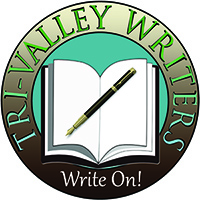
At a CWC Mt. Diablo Branch workshop on writing emotion, Amanda McTigue pointed out that whether people are reading or not they are still exposed to stories every day. Movies, television, sometimes even advertising are all informing our potential readers. When there are so many stories floating in the air, how can we make our work stand out?
The short answer is to do the best possible writing, but we all know the long answer is more complicated. I would suggest that we start by losing our fear of the story that’s been told before. I’ve critiqued dozens of short stories and beta read several novels. All of them had been told before. That didn’t stop me from enjoying the story in front of me.
The essence of a good story is that it grabs the reader and propels her into another reality. She may recognize the thwarted love story, the unfair accusation plot point, even the journey of the villain-as-wounded-everyman. If the story is good enough, the reader will continue turning pages.
Another fear we should lose is the fear of revealing too much of ourselves. If our characters have a chance of breathing life into a well-known plot, it will be because we have breathed life into them. To do that, we have to open our souls and let the characters rip out whatever they need to survive. We are writers, which means we have no right to privacy. Our heroes, villains, side-kicks and plucky comic relief characters must be given the key to our inner selves so they can reach out from the page, take the reader by the hand and lead her where we want her to go.
Finding a good critique group can help with both those tasks. With the right people around you, encouraging you to dig deeper, connect at a more visceral level, you will become fearless. You will be able to face our story-saturated world with your head held high, offering your own version of the tales we know so well.

